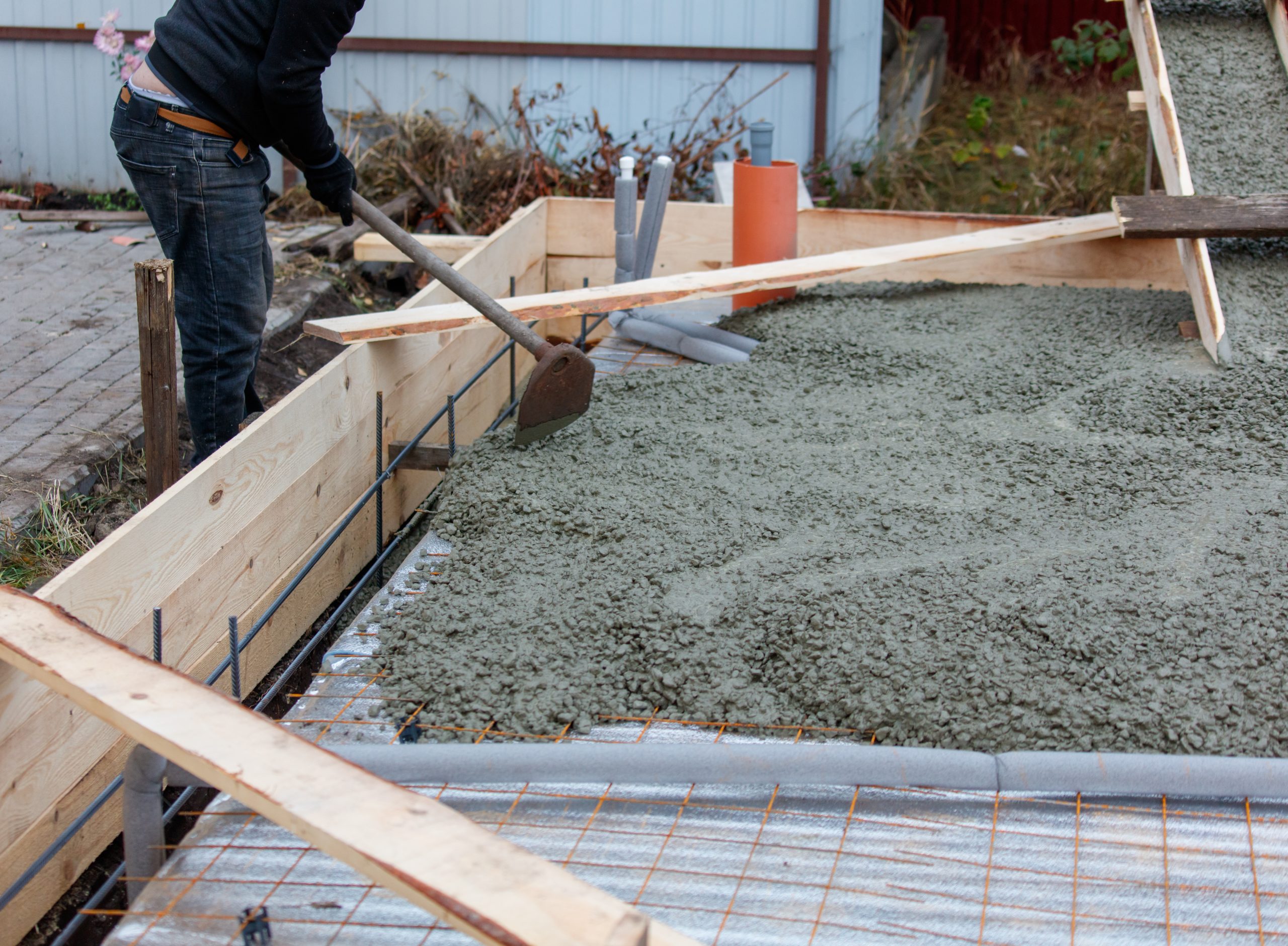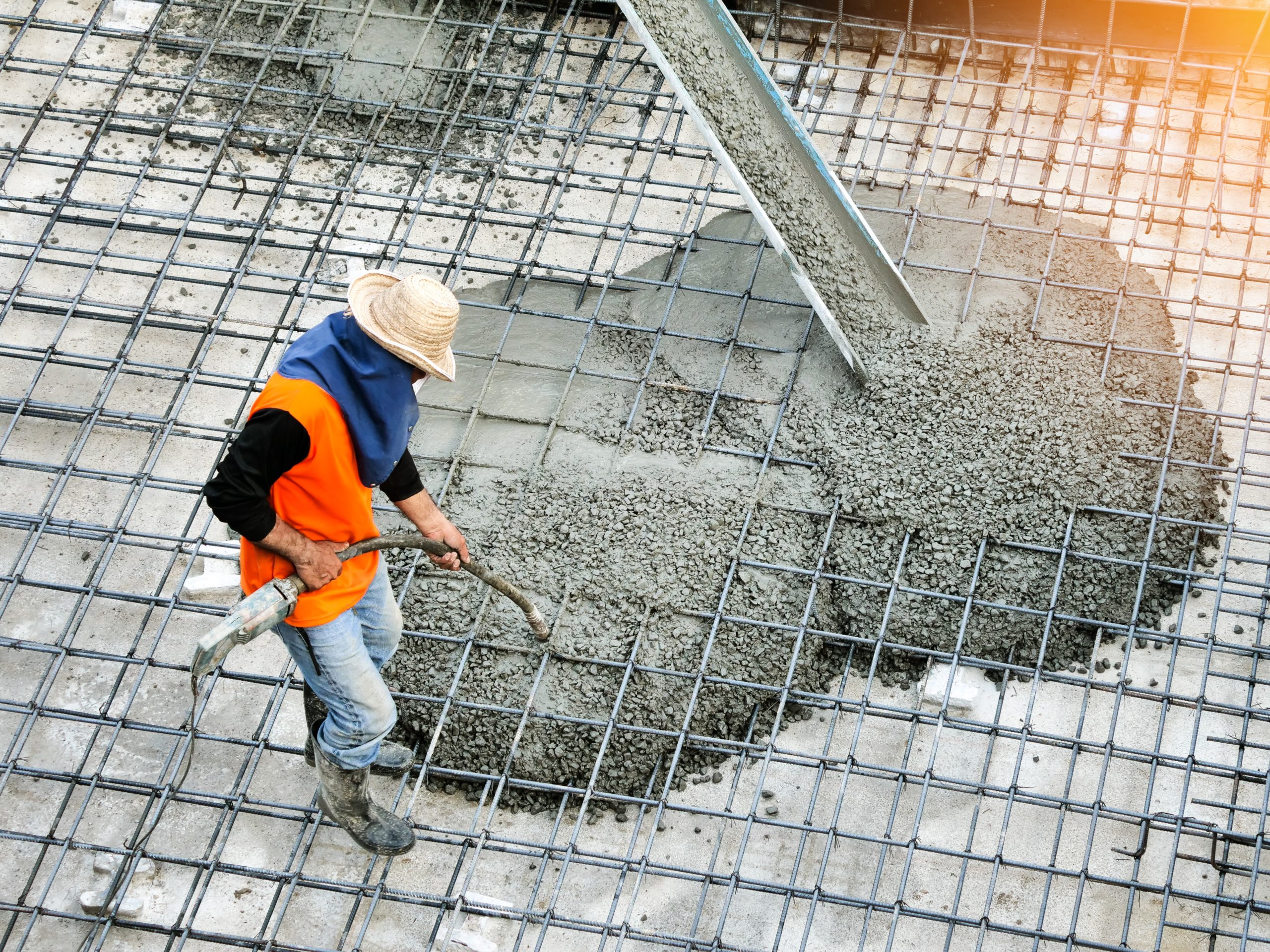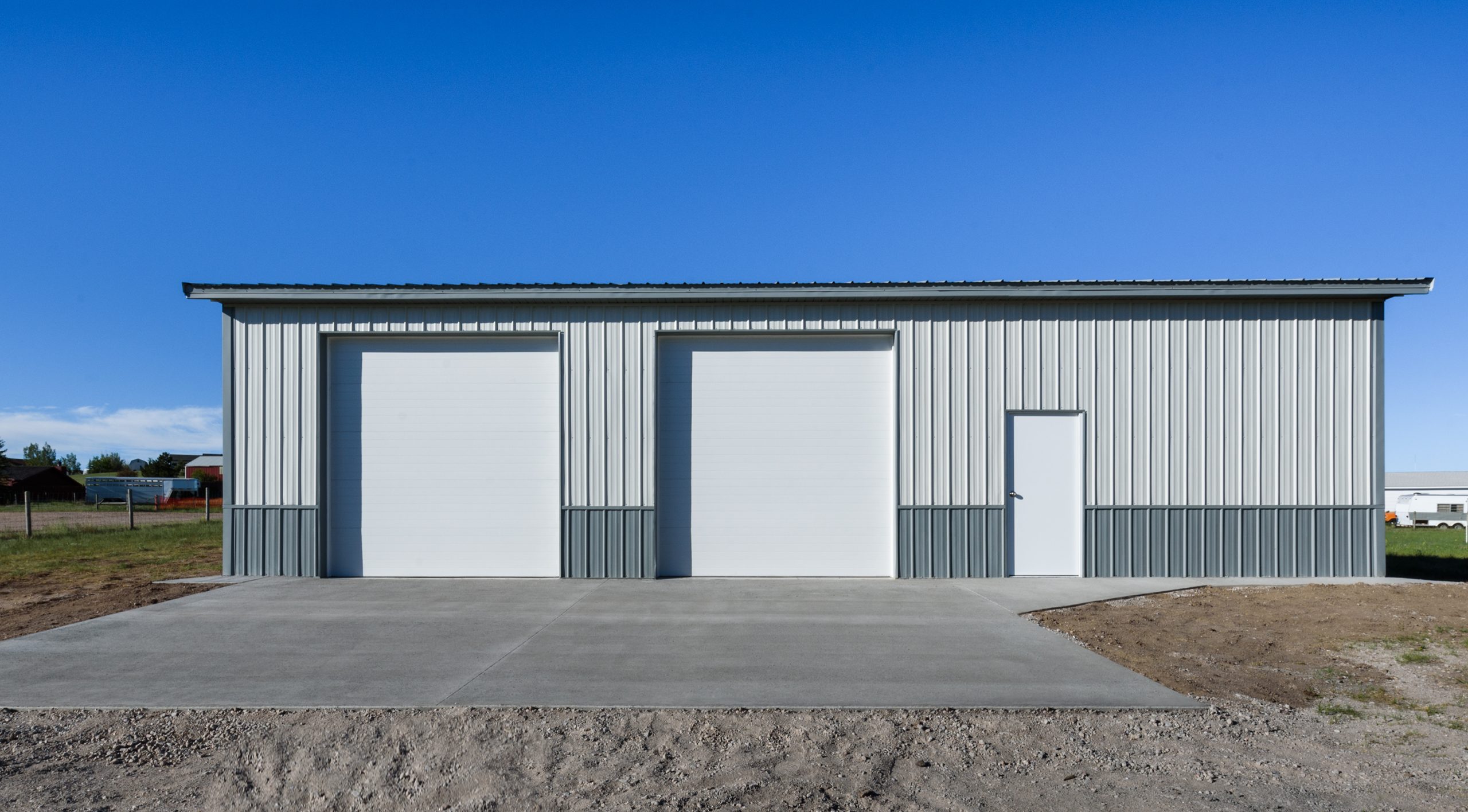Why Winter is So Tough on Concrete
Winter weather can wreak havoc on your concrete surfaces. Freezing temperatures, snow, and ice all contribute to the gradual breakdown of concrete, leading to cracks, spalling, and costly repairs. If you’ve ever noticed your driveway looking more worn after a harsh winter, you’re not alone. Concrete is durable, but it’s not invincible—especially when exposed to the extreme freeze-thaw cycles common in Wisconsin.
The Freeze-Thaw Cycle: Concrete’s Biggest Enemy
The number one cause of winter damage to concrete is the freeze-thaw cycle. When water seeps into small cracks and pores in your concrete, it expands when temperatures drop below freezing. This expansion creates pressure within the material, causing cracks to grow over time. As winter progresses, this process repeats, leading to more extensive damage.
De-icing Chemicals: Helpful but Harmful
Many homeowners use salt and other de-icing chemicals to keep their driveways and sidewalks safe during winter. While these products help prevent slippery surfaces, they can also accelerate concrete deterioration. Salt lowers the freezing point of water, increasing the number of freeze-thaw cycles your concrete experiences. Additionally, some chemicals react with the concrete itself, making it more prone to damage.
Heavy Snow and Ice Build-up
Accumulated snow and ice add weight to your driveway and walkways. If your concrete already has small cracks, this additional stress can make them worse. Additionally, snow and ice that melt during warmer winter days create more opportunities for water infiltration, leading to further freeze-thaw damage.
Common Signs of Winter Concrete Damage
Not all concrete damage is immediately noticeable, but over time, small issues can turn into big problems. Here are the top signs to watch for:
Cracks Forming and Expanding
Minor surface cracks may seem harmless, but after a few winters, they can deepen and widen. If your concrete has cracks that stretch or seem to spread quickly, winter weather is likely the culprit.
Surface Spalling and Flaking
Spalling occurs when the surface of your concrete flakes or chips away. This is often a result of repeated freeze-thaw cycles and the use of de-icing chemicals. It can make your driveway or patio look worn-out and uneven.
Uneven or Sunken Areas
Another common issue is shifting or sinking concrete, which may occur when frost heaves cause the ground beneath your concrete to move. This can create dangerous trip hazards and ruin the appearance of your outdoor spaces.
The One Thing You Must Do Before Winter
Before the first freeze, the best thing you can do to protect your concrete is to have it sealed by professionals. Sealing your concrete provides a protective barrier against water infiltration, preventing many winter-related problems before they start.
Why Concrete Sealing is Essential
A high-quality concrete sealer helps minimize water absorption, reducing the chances of freeze-thaw damage. It also protects against road salts, prevents surface wear, and extends the lifespan of your investment.
When to Seal Your Concrete
The best time to seal your concrete is in the fall, before temperatures drop too low. Sealer needs adequate drying time, so applying it while temperatures are mild ensures it cures properly and provides full protection.
Professional vs. DIY Sealing
While DIY sealers are available, professional application ensures the best results. At Custom Concrete & Stone Design, our expert team selects the right sealer based on your concrete type and environmental conditions. We apply it evenly and thoroughly, ensuring long-lasting protection.
Additional Winter Care Tips for Concrete
Use the Right De-Icer
Instead of regular rock salt, opt for calcium magnesium acetate or sand to improve traction without harming your concrete. If you must use de-icing products, apply sparingly and sweep off excess once ice melts.
Remove Snow Promptly
Shoveling regularly prevents prolonged moisture exposure and reduces the chances of damaging freeze-thaw cycles. Use a plastic shovel instead of a metal one to avoid scraping the concrete surface.
Avoid Metal Tools for Ice Removal
Chipping away ice with metal tools can cause surface damage, leading to future issues. Instead, use an ice melt product that’s safe for concrete and apply it in moderation.
Repair Small Damages Quickly
If you notice small cracks or chips, address them before winter fully sets in. Custom Concrete & Stone Design offers repair solutions to prevent further deterioration and keep your concrete in peak condition.
Improve Drainage Around Concrete
Poor drainage can lead to water pooling, which increases the risk of freeze-thaw damage. Make sure gutters and downspouts direct water away from your concrete surfaces to prevent unnecessary wear.
Protect Your Concrete Before Winter with Custom Concrete & Stone Design
Wisconsin winters are tough, but your concrete doesn’t have to suffer. Custom Concrete & Stone Design has over 30 years of experience helping homeowners and businesses protect their driveways, patios, and walkways from winter damage. Our professional concrete sealing services ensure your surfaces stay strong and beautiful for years to come.
Don’t wait until cracks and spalling appear—now is the time to act. If you’re searching for “concrete contractors near me,” look no further. Custom Concrete & Stone Design proudly serves Milwaukee, Waukesha, Ozaukee, Washington, Racine, and Kenosha counties. Contact us today to schedule your concrete sealing before winter hits!





